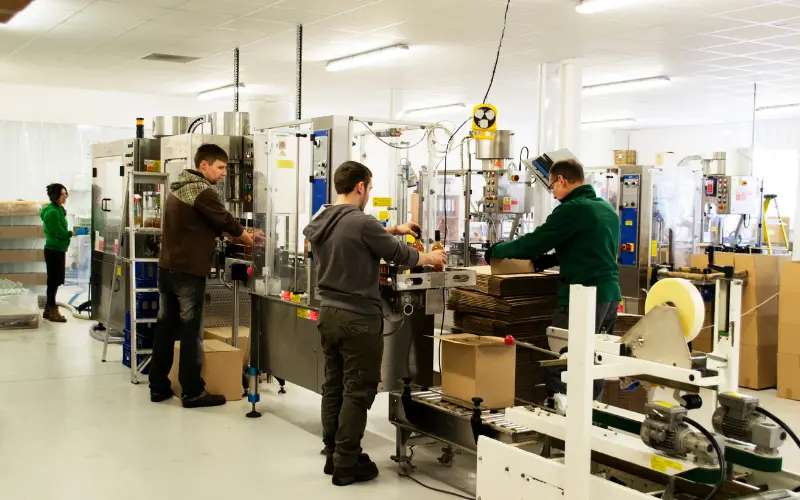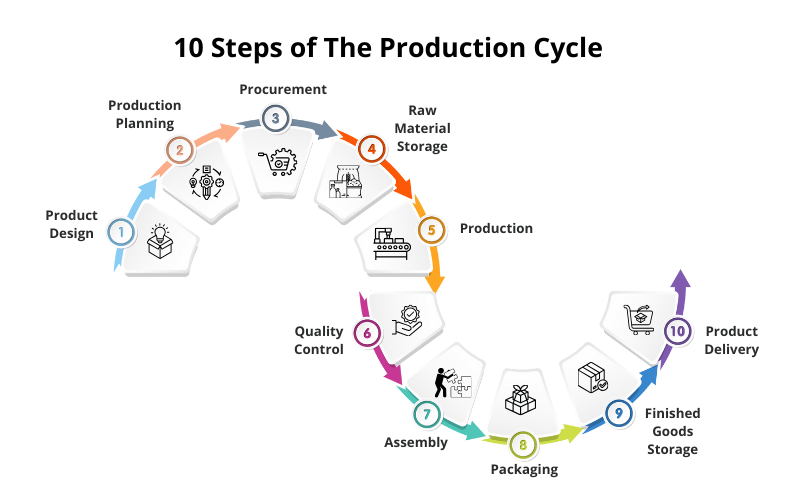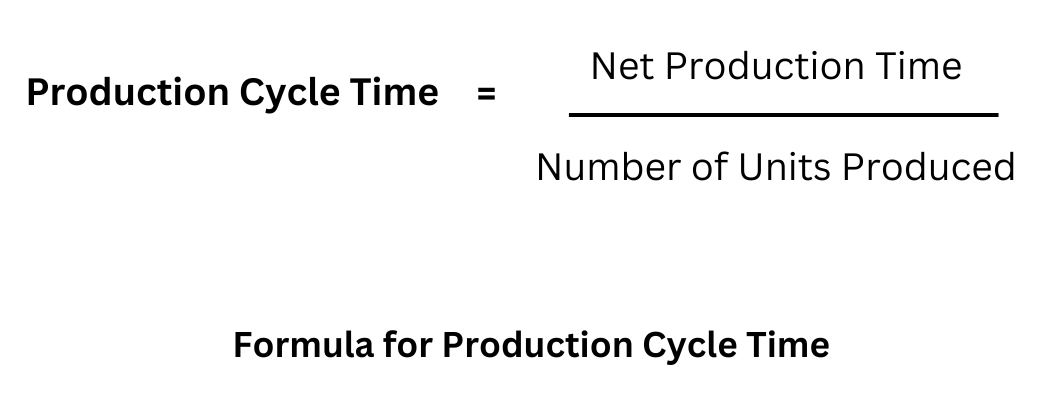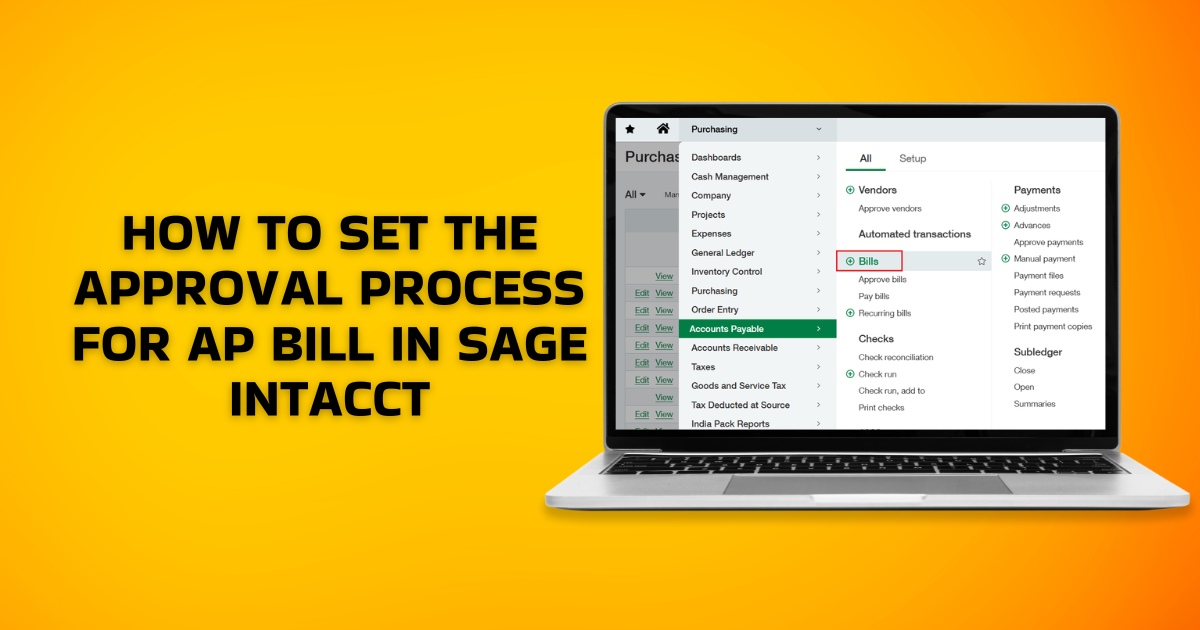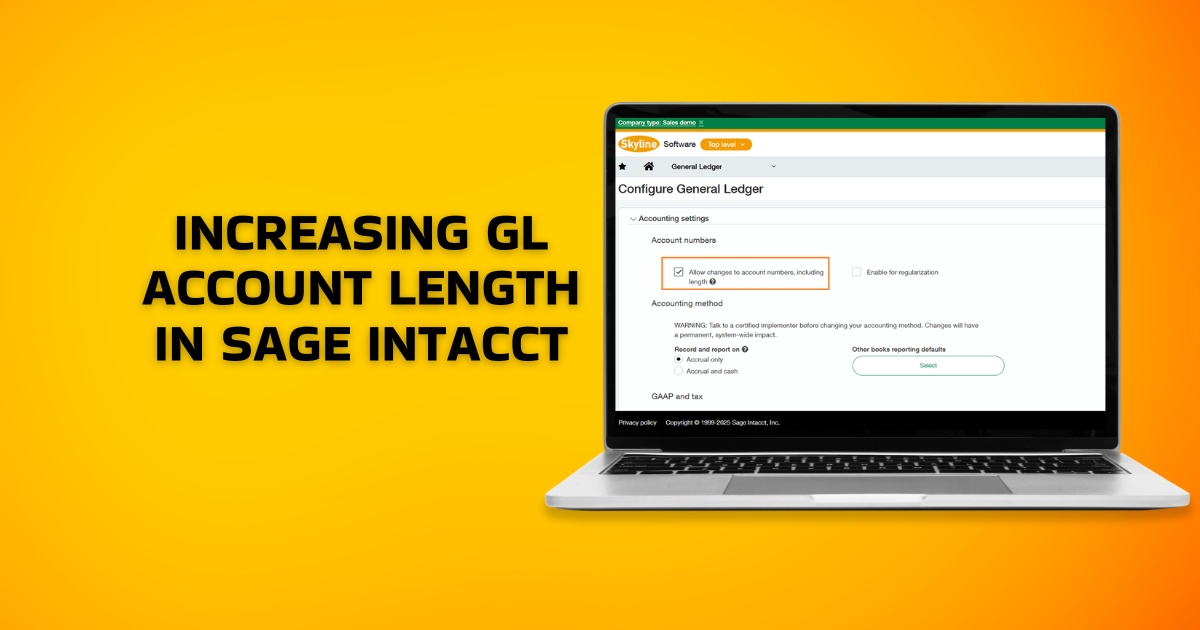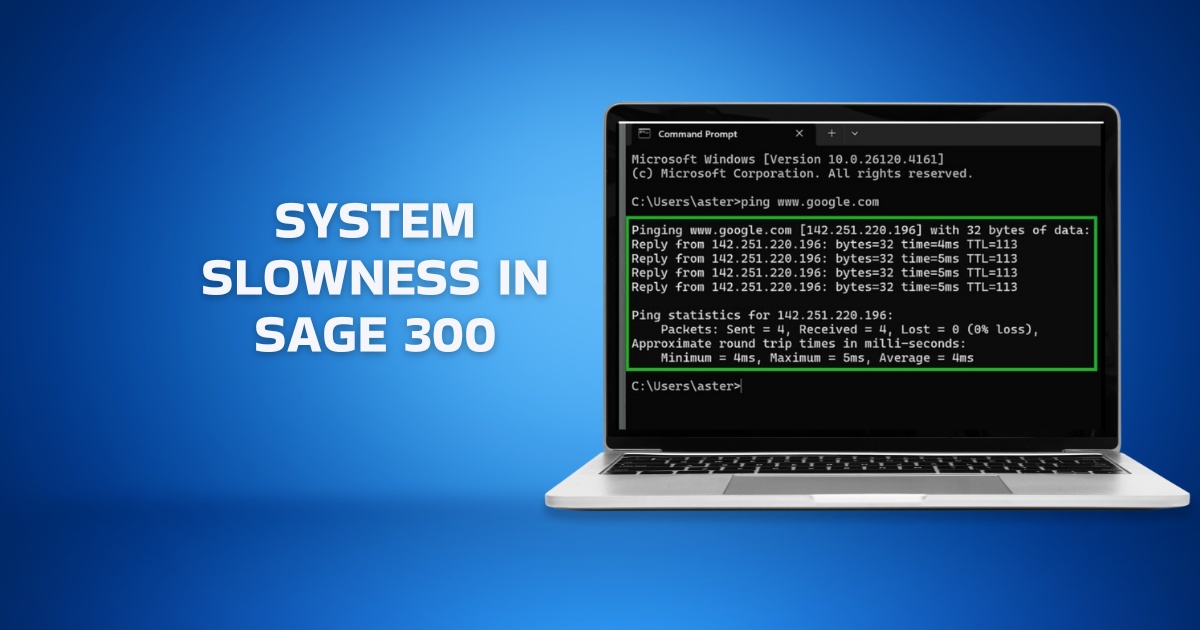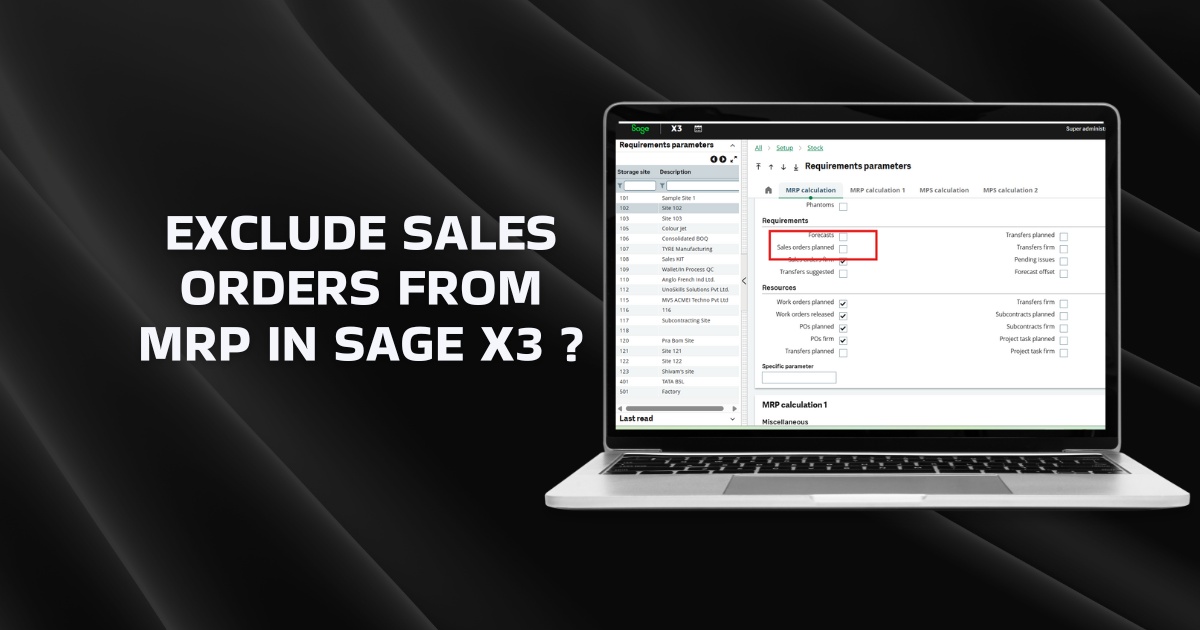What is Production Cycle?
Production cycle is a set of steps and methods of converting raw materials into finished goods to fulfil customer orders or meeting market demand, by streamlining the production process and optimizing the cost of production while maintaining product quality and design specifications that meet client requirements on time.
Put another way, the production cycle is composed of all manufacturing-related activities undertaken by an organization to efficiently and cost-effectively produce goods by minimizing the time to market. Manufacturing existing and new products becomes simpler when the organization has a documented production cycle that it can systematically adapt and follow.
What are the 10 Steps of the Production Cycle?
As per Economic Survey 2020-21 by THE HINDU, conducted by the Ministry of Finance of India, the MSME sector employs more than 11 crore people, contributing 30% to India’s GDP and nearly 50% towards exports. The data suggests the need to bolster the manufacturing sector further and increase the output level through robust production processes.
For an MSME manufacturer, the journey from product design to product delivery can be complicated without a streamlined production process that can steer them towards successful product development. The production cycle typically involves 10 key steps: Product Design, Production Planning, Procurement, Raw Material Storage, Production, Quality Control, Assembly, Packaging, Finished Goods Storage, and Product Delivery. These steps serve as an effective guide for manufacturing products that meet customer requirements and maintain consistent quality.
1. Product Design
The first step of the production cycle is product design. Designing a new product or improving an existing one begins with understanding the needs and specifications of customers. Perform research and development, develop a prototype and test the design. Simultaneously, determine the production process and raw material needed. Design teams can seamlessly collaborate using PLM software and gain visibility into the design process while the ERP software picks up data from the PLM software to plan resources and generate financial reports for business stakeholders.
2. Production Planning
Production planning is an essential step that involves planning the resources needed to manufacture the product, including capacity planning, manpower, machinery and bill of materials (BOM). It further necessitates scheduling lines of production based on factors like which customer has to be served on priority, what are the deadlines for each order, and so on. Production managers frequently deploy a material requirements planning (MRP) system that plans and tracks the product needed for production. They also have to figure out how many lines of production need to be run to efficiently fulfill orders. The entire production process can be seamlessly handled with the help of an ERP system.
3. Procurement
Once the production plan is ready, the next step in the production cycle entails the procurement of raw materials. Here the purchase manager has to look for suppliers to form strategic partnerships by following a systematic procurement cycle. Procurement software makes the job of purchase manager simpler as it manages the negotiation of prices, auto-generation of purchase orders, order placement, planning and fixing delivery dates in line with raw material consumption rate to minimize inventory storage cost.
4. Raw Material Storage
After procuring raw materials from suppliers, the procurement team has to plan where to store the material when it arrives at the manufacturing facility. Different raw materials may have different storage requirements, including storage space, storage temperature, and storage conditions before it can be delivered to the shop floor for use in production. For example, when procuring APIs (Active Pharmaceutical Ingredients), a pharmaceutical manufacturer has to ensure a sterile storage environment for APIs so that their efficacy is not compromised during the production cycle. ERP for pharmaceutical industry is designed to manage APIs and other critical raw materials used in medicine production.
5. Production
This is the stage in the production process where core manufacturing operations take place. The process involves running the production lines where the raw material is progressively processed at different workstations until the manufacturing of the product is complete. The exact flow of the product depends on the number of machines engaged in production and the processing requirements of each product. When manufacturing multiple products, the production manager has to take into account the changeover time to optimize production cycle time for different products.
You Might Also Like: 9 modules of the MES software that efficiently manage production operations
6. Quality Control
Moving one step ahead in the production cycle, the production manager has to ensure that every product being manufactured has to pass the quality control test within acceptable limits of error. Check for defects after every production run and inspect product batches to minimize margins of error. If a defect is found, analyze the machine that produced the defective products. When using computer-integrated machinery, manufacturing ERP software can automatically detect product defect rates, and breakdown frequency of the machinery and report corrective measures. Employing the total quality management (TQM) technique, a manufacturer can significantly improve product quality while minimizing defect rate.
7. Assembly
Even though the manufacturing of the product is finished, the final product may not just yet be ready. A manufacturer may procure many other raw materials from other manufacturers or suppliers and assemble them with the manufactured product to convert them into finished products ready to be packaged and shipped. The role of the assembly manager is equally important in the production cycle as different assembly lines have to synchronize with the production lines to minimize inventory storage costs. Once the final product is assembled, the quality check has to be performed again.
8. Packaging
After the final products are ready, they have to be immediately sent for packaging so that they can be easily shipped. The packaging stage requires the selection of adequate packing material and boxes to safely and securely store the product without causing any damage to the product during transportation and that the finished product reaches its destination in the topmost quality. To pack and label goods, a company must determine the requirement for packaging and labeling machinery and the labor required to do the same.
9. Finished Goods Storage
The next step in the production cycle is the storage of packed and ready to ship finished goods inventory. An adequate warehousing facility managed with a warehouse management system ensures that the flow of material entering and exiting the warehouse is carefully monitored and aligned with sales and logistics to minimize storage space requirements. Besides, certain products such as medicines and chemicals require adequate storage temperature to prevent product damage. So, determining the storage requirements for different finished products is necessary before you plan storage space.
10. Product Delivery
The delivery of the end product to its intended customer is the last step in the production cycle. The finished goods have to be carefully handled and loaded into containers or delivery vehicles. The manufacturing company must ensure that the products are handed over to the client in the desired quality within the agreed timeline. For example, a manufacturer may have to use insulated reefer trucks to safely deliver perishable products with sub-zero storage temperature requirements.
What is an Example of Production Cycle?
To understand the production cycle better, let’s take an example of manufacturing a seed box used in farming to sow seeds.
- Product Design – A seed box prototype that meets farmer demands, including specifications, performance and quality is developed.
- Production Planning – Determining the production capacity of the plant, production method and the Bill of Materials is the next step.
- Procurement – Sourcing all the parts that would go into the manufacturing of the seed box.
- Raw Material Storage – Storage of all the parts category-wise for easy flow to the shop floor.
- Production – A production line is initiated where every work center performs its part of the job before the product moves forward.
- Quality Control – Inspection checkpoints after every work center ensures that the product quality is monitored. If a quality issue is detected, the preceding production processes are stopped to resolve the problem in order to avoid a pile up of inventory and defective items.
- Assembly – The manufactured seed box is then assembled with a fluted roller and driving shaft to guide the seeds toward the seed tube.
- Packaging – The final product is packaged into cardboard boxes and cartons with requisite labels.
- Finished Goods Storage – The packed product is stored in the warehouse ready to be shipped.
- Product Delivery – The cartons are loaded into containers or delivery trucks, and shipped to the client, thus completing the production cycle.
What is the Significance of Cost Accounting in the Production Cycle?
Cost accounting is a costing technique that measures both fixed and variable costs incurred during the production cycle. Every stage of the production cycle generates data in the form of raw material consumed, labor hours, wastage, queue time, cycle time, takt time, machine overheads etc., which has to be tracked and recorded by cost accountants with the help of ERP software.
As soon as the company receives an order, the inventory management software assesses existing inventory data of raw material inventory and work-in-progress inventory to determine the requirement of additional raw material and plan the number of labor hours needed while adjusting the master production schedule. Additionally, cost accounting provides an efficient method for evaluating product pricing, determining the cost of production and taking decision on the choosing the right product mix.
What are the Advantages of Production Cycle?
As we see, raw materials undergo a series of steps and transformations before they are converted into finished products. Besides achieving the obvious benefits of value addition, a continuous and improved production cycle delivers many noteworthy advantages.
1. Customer Satisfaction
All production activities have the ultimate objective of ensuring a high level of customer satisfaction. Consistent product quality instills confidence among customers to order repeatedly from a business, resulting in positive word of mouth and increased brand reputation. Loyal customers are even willing to support you through advance payments for improved operational cash flow.
2. Optimal Resource Utilization
When production operations are planned and laid out properly following a smooth information flow, material flow and work-in-progress inventory, there is little room for confusion among workers and production manager, and the production can smoothly go on around the clock. Machinery, material and labor are aligned to achieve maximum output levels at a minimum cost.
3. Inventory Optimization
Inventory carries significant storage costs for a business. An effective production cycle helps to maintain optimum stock levels of raw materials and finished goods inventory to prevent inventory damage and dead stock, enhance operational efficiency, improve inventory turnover ratio and minimize costs of running a business while delivering customer orders on time.
4. Continuous Improvement
For many businesses, quality defines their core values in the industry. Reaching the pinnacle of product quality after years of experience, experimentation with product design and improvement in their manufacturing process has given them unbeatable standing in the market. Continuous product improvement with no variance allows them to meet the rising customer expectations, differentiating them from their peers.
5. High Profitability
As production efficiency increases, so does the profitability of the company. By eliminating wasteful processes and reducing total production costs, there is a direct impact on the bottom line. Apart from that, companies can command higher prices for their produce to maintain unmatched product quality and assurance.
What are the Disadvantages of Production Cycle?
Even though the production cycle has several advantages to its credit, there are certain disadvantages worth noting.
1. Rigid Processes
Although products are manufactured following a fixed manufacturing and procurement process, there is limited scope for making changes when the customer expects you to do so. Lack of product customizations may lead to missed business opportunities.
2. Outsourcing
Companies accustomed to manufacturing everything on their own due to rigid control over product quality and product delivery may overlook outsourcing opportunities, especially when the order volume is too high. Because many times, outsourcing a certain portion of production helps meet customer demand faster and saves millions for the organization.
3. Initial Investment
Manufacturing is a capital-intensive industry. Business expansion and setting up new plants often requires investment in crores in machinery and equipment before production can begin and the breakeven point is achieved. Those unsure of running a big factory can get discouraged by high initial capital expenditure.
4. Market Uncertainties
No business is immune to the uncertainties in market demand. While a business preps up to boost production, sudden changes in customer requirements, government policies and overall market slump can decrease the product demand. In such a scenario, a business has to sustain itself through tough times without earning revenue and incurring expenses towards fixed assets like plant, utilities, machinery and staff.
What are the Factors Affecting the Production?
There are four factors of production in a business which are necessary to produce goods and services. They are as follows:
1. Land
A significant and suitable portion of land in an industrial area to set up a new plant in order to meet the desired production capacity is crucial for a business owner.
2. Labor
Every production process requires skilled talent and labor to manage different operational aspects. Expertise in product design, procurement, running and repairing a machine, and managing the overall production operations are needed to implement the production cycle.
3. Capital
Arranging for capital from banks and NBFCs for purchasing land and machinery or for meeting working capital requirements is the onus of the business owner. Plus, investing seed capital or running bootstrap operations requires solid financial support.
4. Entrepreneurship
Despite the land, labor and capital needed to run the industry, a business cannot function if it lacks leadership with a vision and dedication to run the business. An entrepreneur must have the skills to start the business from scratch and build operations from the ground up.
What is Production Cycle Time?
Now that we’re familiar with all the stages of the production cycle, let’s understand what is production cycle time, and its formula.
Production cycle time is one of the vital key performance indicators (KPIs) used by companies to determine the production rate of the finished goods. It is the amount of manufacturing time the product takes to convert from raw material into finished product. It is inclusive of all the time spent on each machinery, queue time, assembly, inspection, and packaging time. In other words, it is the total production time of the product after the material is sent for production from the procurement department.
It is an essential KPI among other metrics such as lead time and takt time, which helps companies provide product accurate delivery estimates to clients while accepting an order. It further helps the procurement department to plan and schedule raw material purchases and inventory storage requirements.
Data on production cycle time is a measure to track the efficiency of the production process and the performance of the production department against the benchmark values of cycle time. Interestingly, ERP application can precisely track production cycle time at every stage of the production process from initiation to the final stage, helping decision-makers to identify opportunities to reduce costs, eliminate wasteful processes, automate certain production tasks and improve overall operational productivity.
Production Cycle Time Formula
The formula for calculating production cycle time is as follows:
A production manager could be interested in effective cycle time and equipment cycle time. Effective cycle time is the total time taken to process the product by a machine, including loading and unloading time, waiting time, and changeover time. On the other side, equipment cycle time only takes into account the machine processing time, excluding all other idle and support time, thus providing exact data on the efficiency of the machine.
Difference between Cycle Time, Lead Time and Takt Time
| Cycle Time | Lead Time | Takt Time | |
| Definition | The total time it takes to complete one cycle of a process. | The total time from the initiation to the delivery of a product. | The rate at which a product needs to be completed to meet customer demand. |
| Calculation | Net Production Time / Number of Units Produced | Order Receipt to Delivery Time | Available Production Time / Customer Demand |
| Purpose | Optimize the efficiency of individual processes. | Optimize the overall process flow and delivery time. | Ensure production meets demand without overproduction. |
Build Efficient Production Cycle with Sage X3 Software
Production cycle is a systematic procedure followed by a manufacturing unit to plan its production, from designing stage to the manufacture of finished goods. Diligently planning every stage of the production process ensures that the entire production cycle is in control, meeting the quality guidelines, budgetary constraints and delivery timelines.
Sage X3 ERP, one of the best ERP software in India, can streamline your production process by effectively tracking and monitoring data from every equipment and production stage, including raw material and labor consumption data, to help you optimize your production cycle time and improve the efficiency of your operations.
FAQ
1. What is the Definition of Production Cycle?
Production cycle meaning is that it is a sequence of steps involved in the production process that allows manufacturers to manufacture a product meeting the product quality and delivery timelines of the clients.
2. What is Meant By Production Cycle?
The production process followed by an organization to convert raw materials into finished products is the simplest way to define production cycle, to improve production volume, minimizing the cost of production and enhancing the quality of production while ensuring minimum defects.
3. What are the Stages of the Production Cycle?
The 10 stages of the production cycle are:
- Product Design
- Production Planning
- Procurement
- Raw Material Storage
- Production
- Quality Control
- Assembly
- Packaging
- Finished Goods Storage
- Product Delivery
4. Why is the Production Process Important?
Manufacturing is a core production activity that leads to the production of finished goods. Without the presence of a production process, the manufacturer will not be able to produce goods, utilize its resources such manpower, machinery and plant, or deliver products to the clients.
5. What is Production Planning Cycle?
Production planning is a essential part of the production cycle which enables manufacturers to plan their production capacity and production schedules based on sales and their financial abilities.
6. What Is Production Cycle In Operations Management?
In operations management, the production cycle is a complete set of manufacturing activities from product design, procurement, to production and delivery of finished goods. An efficient production cycle ensures that the company effectively allocate its resources while minimizing production costs.
7. What Is The Formula To Calculate Production Cycle Time?
The production cycle time formula helps to calculate the average time it takes to manufacture a single item. The formula is as follows:
Production Cycle time formula = Net Production Time / Number of Units Produced
